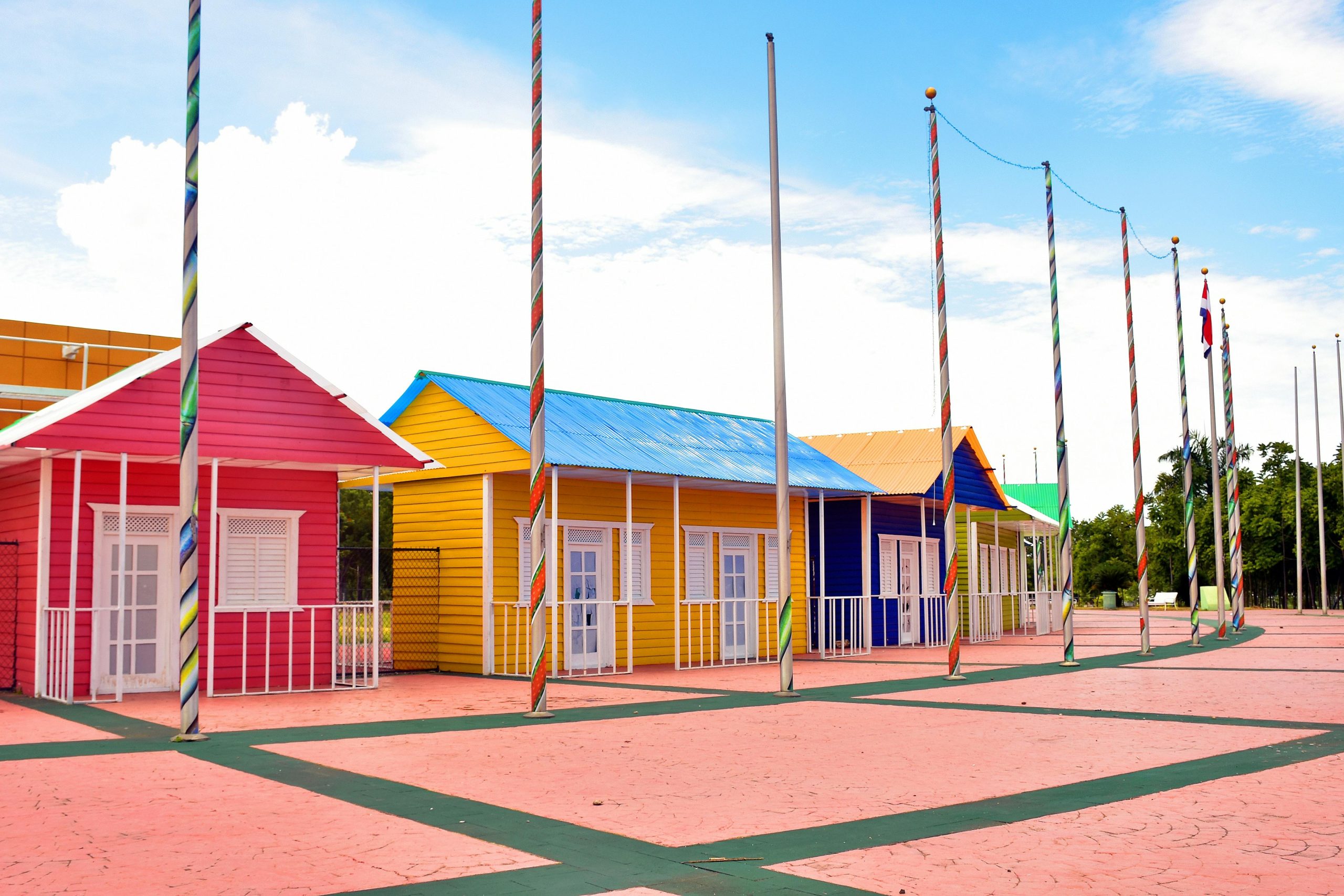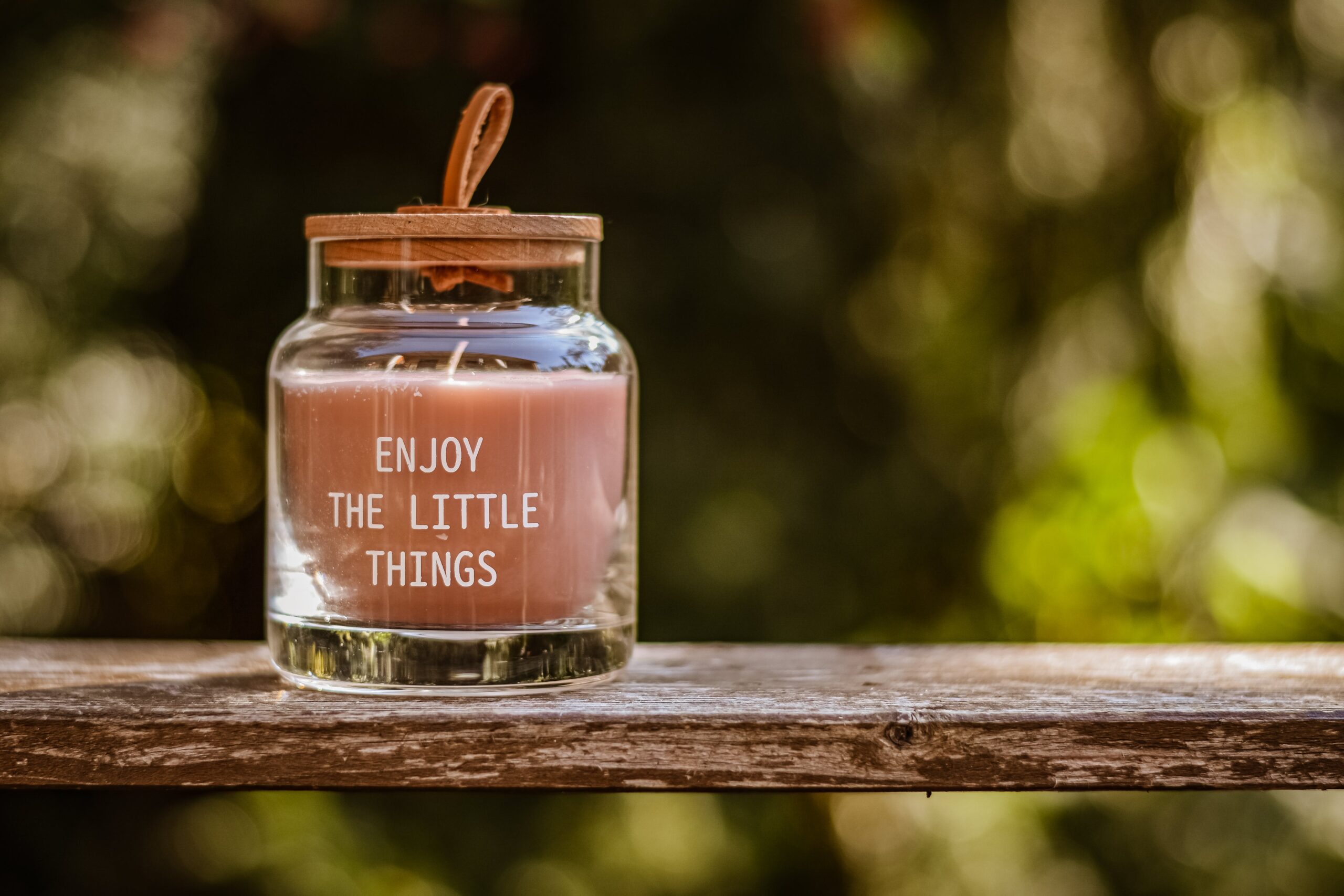
Color psychology plays a significant role in website design, influencing how users perceive and interact with a website. Here are some key ways in which color psychology impacts website design:
- First Impressions: Colors evoke immediate emotional responses. The colors used in a website’s design can shape users’ initial perceptions of the brand or website. For example, warm colors like red and orange can create a sense of urgency or excitement, while cool colors like blue and green can convey calmness and trustworthiness.
- Brand Identity: Colors are often closely tied to brand identity. Consistent use of color can reinforce brand recognition and help users associate certain emotions or qualities with the brand. For example, the use of vibrant colors might convey a sense of youthfulness and energy, while muted tones might suggest sophistication or professionalism.
- Visual Hierarchy: Color can be used to guide users’ attention and create visual hierarchy on a webpage. Bright or contrasting colors can be used to highlight important elements such as calls-to-action or key information, while subdued colors can help background elements recede into the design.
- Cultural Significance: Different colors can have varying cultural meanings and associations. It’s important for website designers to consider the cultural context of their target audience when choosing color schemes. For example, while white might symbolize purity and simplicity in some cultures, it can represent mourning or death in others.
- Accessibility: Color choices can impact the accessibility of a website, particularly for users with visual impairments. Designers must consider color contrast ratios to ensure that text is legible against background colors. Additionally, providing alternative methods of conveying information (such as text labels for color-coded elements) can improve accessibility for all users.
- Emotional Engagement: Colors can evoke specific emotions and influence users’ emotional responses to a website. For example, using warm, inviting colors can create a sense of comfort and positivity, while cooler colors might evoke feelings of calmness or serenity.
- Cohesive User Experience: Consistent use of color throughout a website can create a cohesive and intuitive user experience. A well-defined color palette can help users navigate the website more easily and reinforce the website’s branding and messaging.
Overall, color psychology is a powerful tool in website design, allowing designers to evoke specific emotions, convey brand identity, and create visually engaging user experiences. By understanding the psychological impact of color, designers can effectively communicate with users and enhance the overall effectiveness of a website.






